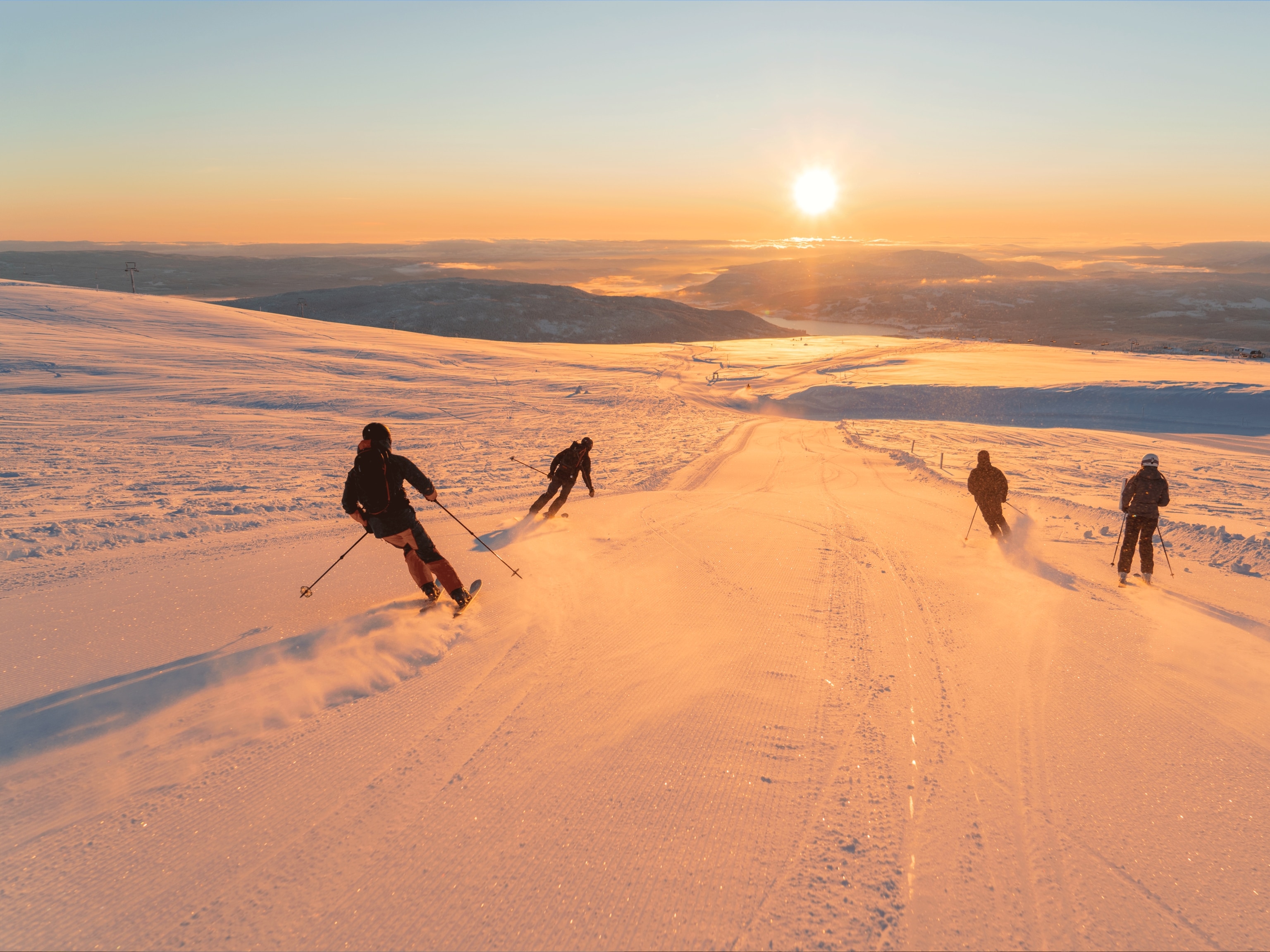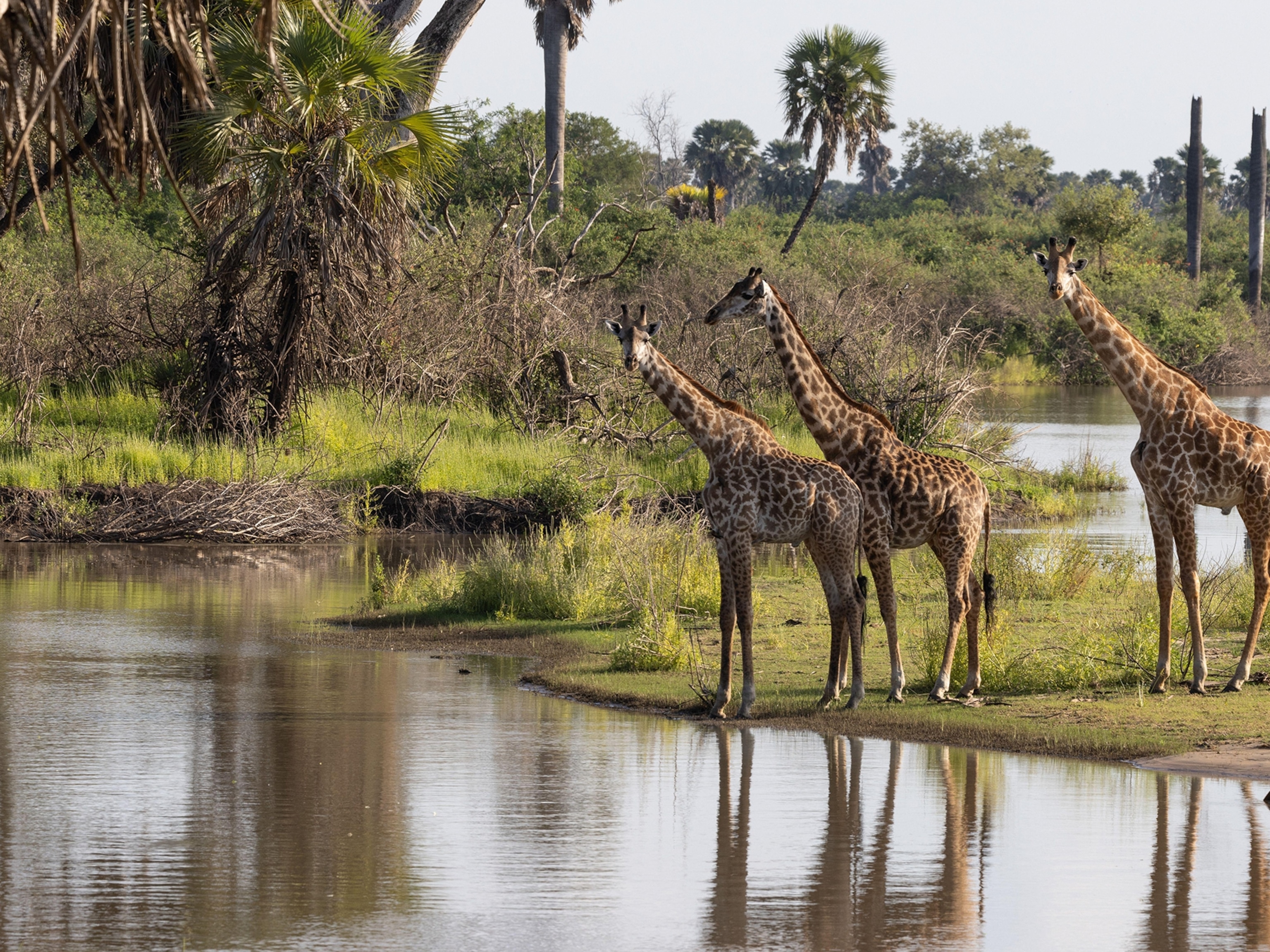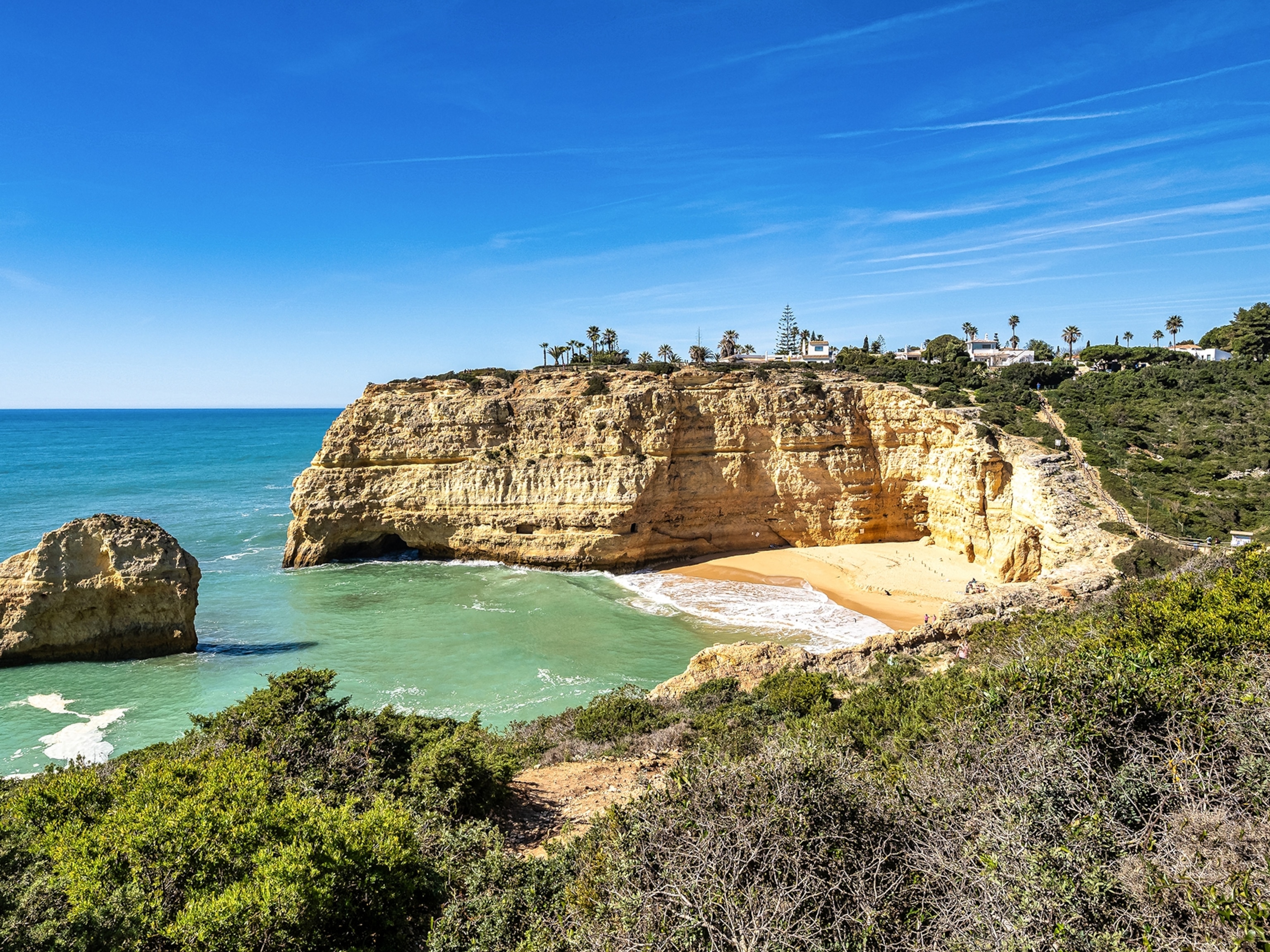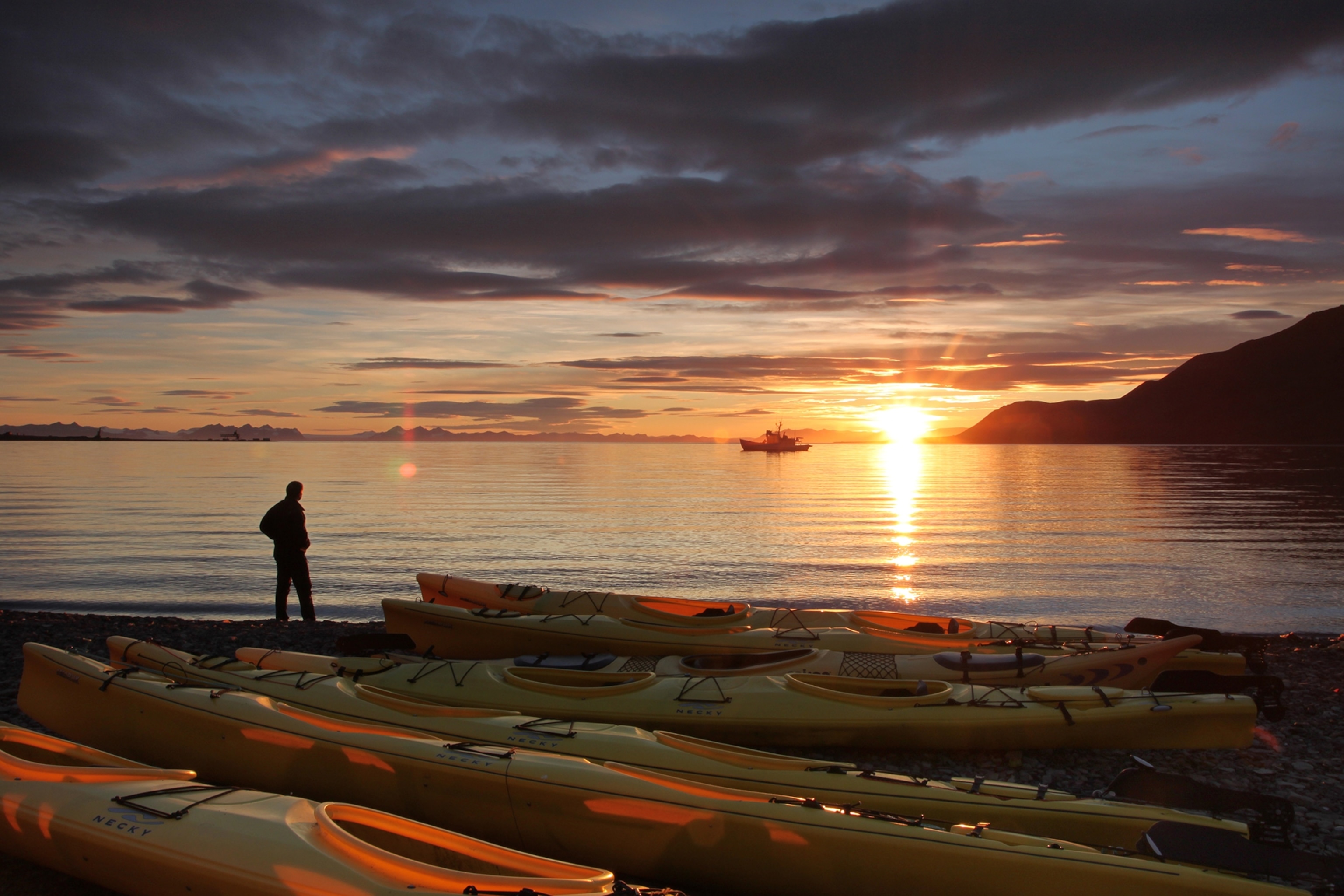
Discover Norway’s Indigenous Sámi culture and their 8 seasons
Here’s how to make the most of each distinct season in Norway's northernmost region — from snowmobiling across the Finnmark Plateau to witnessing the annual reindeer migration.
In the spectacular Sápmi region — which spans Northern Norway, as well as parts of Sweden, Finland and Russia — every month brings in something new. The region’s Indigenous Sámi people separate the year into eight unique seasons, each marking an important time for those working in farming, fishing and reindeer herding. For travellers visiting, seasonal highlights include chasing the Northern Lights, snowmobiling, hiking and dog sledding. Read on to discover all there is to do in the northernmost part of Norway during each distinct Sámi season.
1. Winter (dálvi): December-February
From December to February, Finnmark County — the northernmost and easternmost county in Norway — settles into the coldest days and longest nights. This time of year, known as dálvi, is the ideal time to search for the Northern Lights. There is a high chance of spotting the spectacle in Alta, located above the Arctic Circle between the Barents Sea and the Finnmark Plateau. Known as the 'City of the Northern Lights', Alta is home to the world's first permanent Aurora Borealis observatory, which was built in 1899 on top of Mount Halde, Alta's highest peak. With a stable climate and clear, dark skies, the city sees some of Norway's best displays — particularly during the polar night season from the end of November to mid-January, when the sun never rises above the horizon.
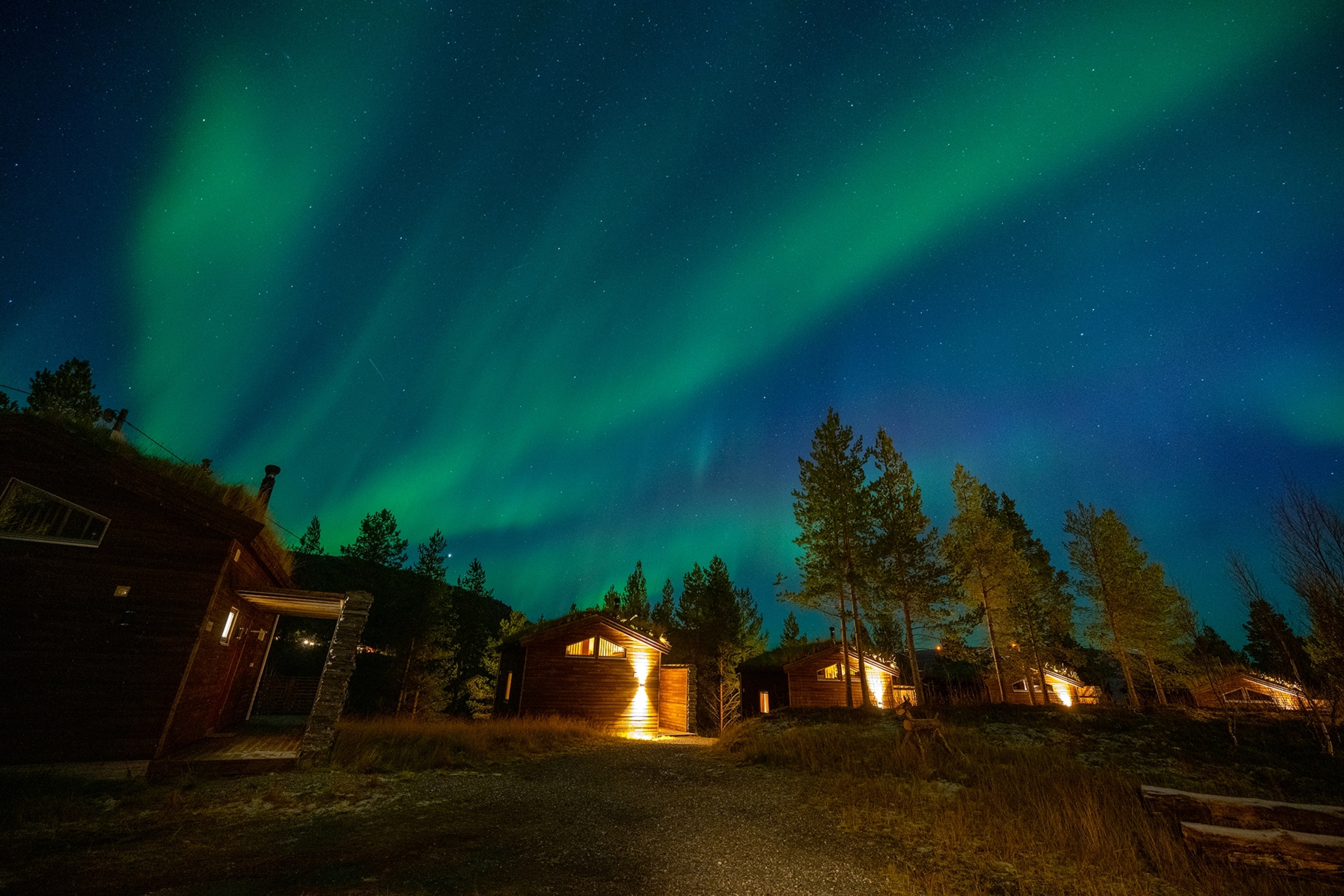
2. Spring-winter (giđđadálvi): February-March
As daylight returns, giđđadálvi is a great time of year to hit the snow in Arctic Norway. Freeride and powder skiing enthusiasts will enjoy a guided ski tour adventure in the Lyngen Alps. The region's deep powder snow and varied terrain are matched only by epic coastal and fjord views. For novices, there are downhill and cross-country ski trails available for all experience levels in Alta, along with snowshoeing excursions through peaceful pine forests.
3. Spring (giđđa): April-May
One of the most significant traditions for the Sámi people takes place in April. This is when reindeer herders guide their animals from their inland wintering areas in Finnmark County towards the Arctic coast, until they reach the important summer grazing and calving grounds. With long daylight hours at this time of the year, visitors can join herders during the Karasjok migration to witness this impressive annual event for themselves, as well as stay in traditional tents called lavvu and try Sámi food along the route.
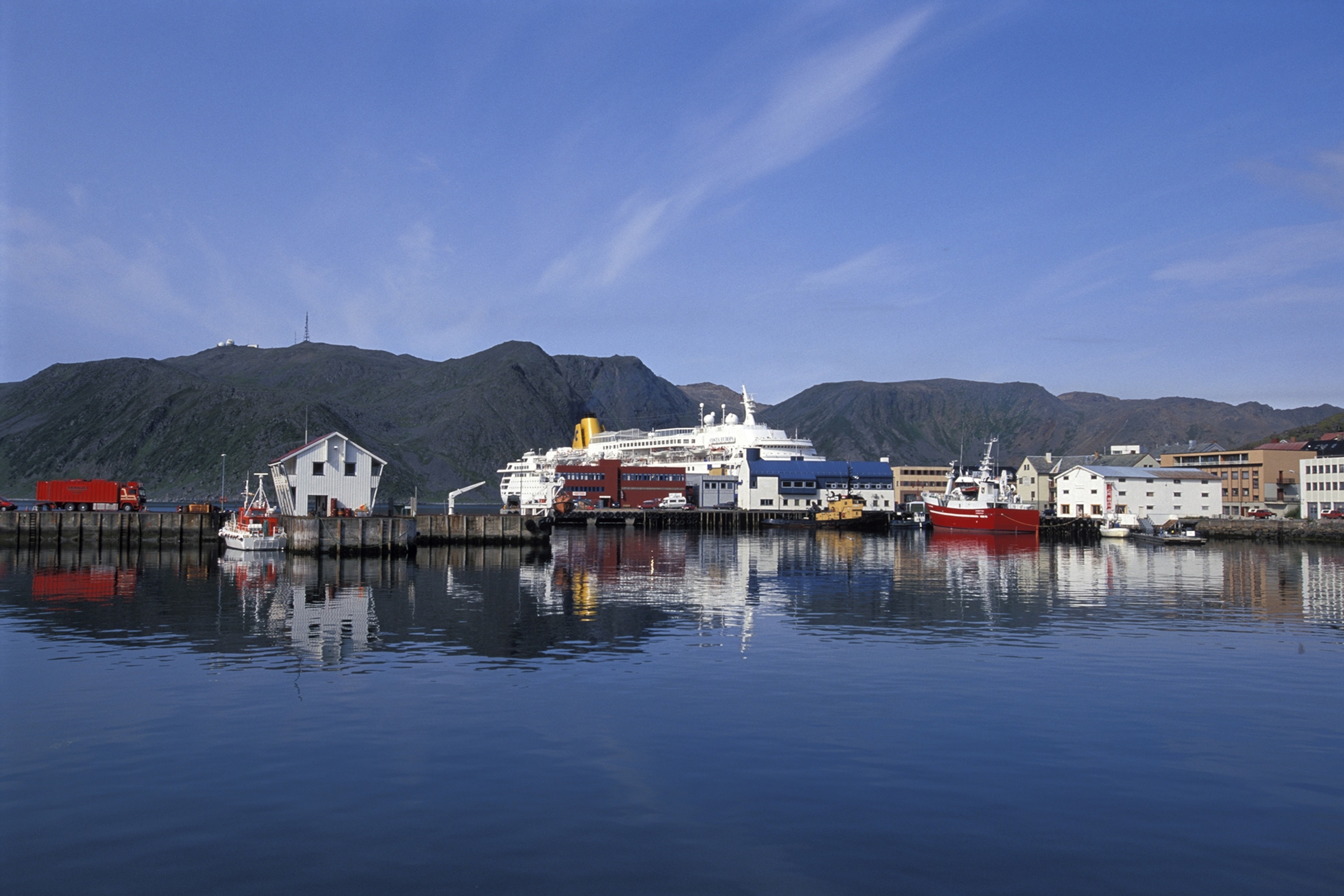
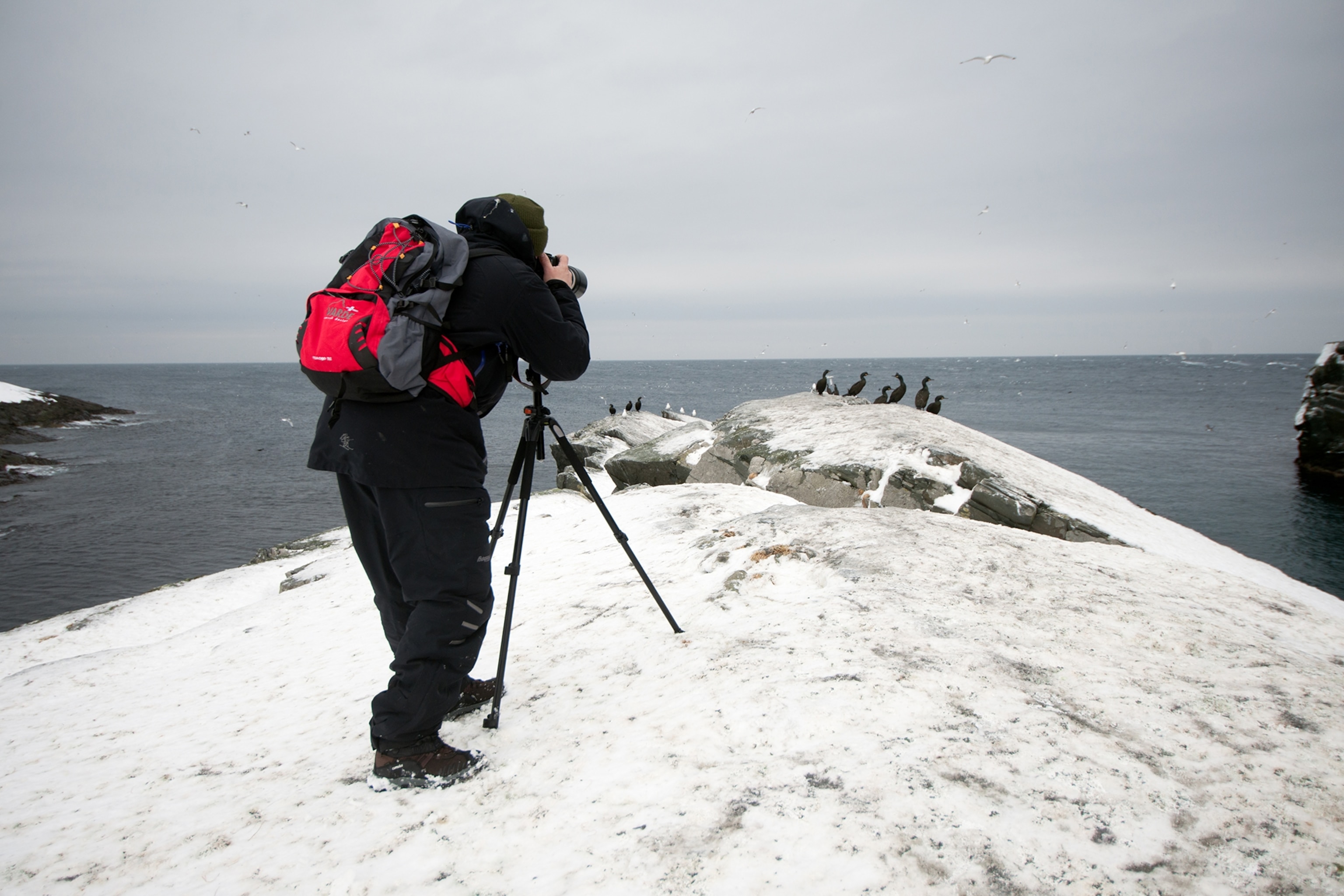
4. Spring-summer (giđđageassi): May-June
For those hoping to spot puffins in the wild, giđđageassi is the best time of year to head out on a bird safari boat tour from the village of Gjesvær. Just a short cruise from the docks, puffins, gannets and cormorants converge on the cliffs at Gjesværstappan for their breeding and nesting season — it’s a thrill to hear their calls and watch their antics. Northern fulmars, guillemots and kittiwakes are frequent visitors here, too.
5. Summer (geassi): June-August
In summer, Northern Norway enjoys milder temperatures and a phenomenon known as the midnight sun, where the sun never sets below the horizon. This makes the geassi season perfect for a hiking adventure in Nordkapp, in the far north of Finnmark County. Nordkapp is the northernmost point in Europe reachable by vehicle, but it’s well-worth journeying off-road on a trek to Knivskjelodden. A moderate yet rocky trail here extends for a mile north of Nordkapp — making Knivskjelodden the northernmost point in the region.
6. Autumn-summer: (čakčageassi): August-September
The small coastal community of Hammerfest is a favourite stop for people who love to fish. Whether you’re angling for trout or char, August and September are prime months to get the rods bending. Visitors can join local fisherfolk on half- or full-day guided trips into the fjord or out to sea for a true Finnmark adventure on the water. Halibut fishing is considered particularly good around the island of Rolvsøya, thanks to fast-moving currents. Čakčageassi is also known for its long colourful sunsets, followed by incredible Northern Lights spotting opportunities.
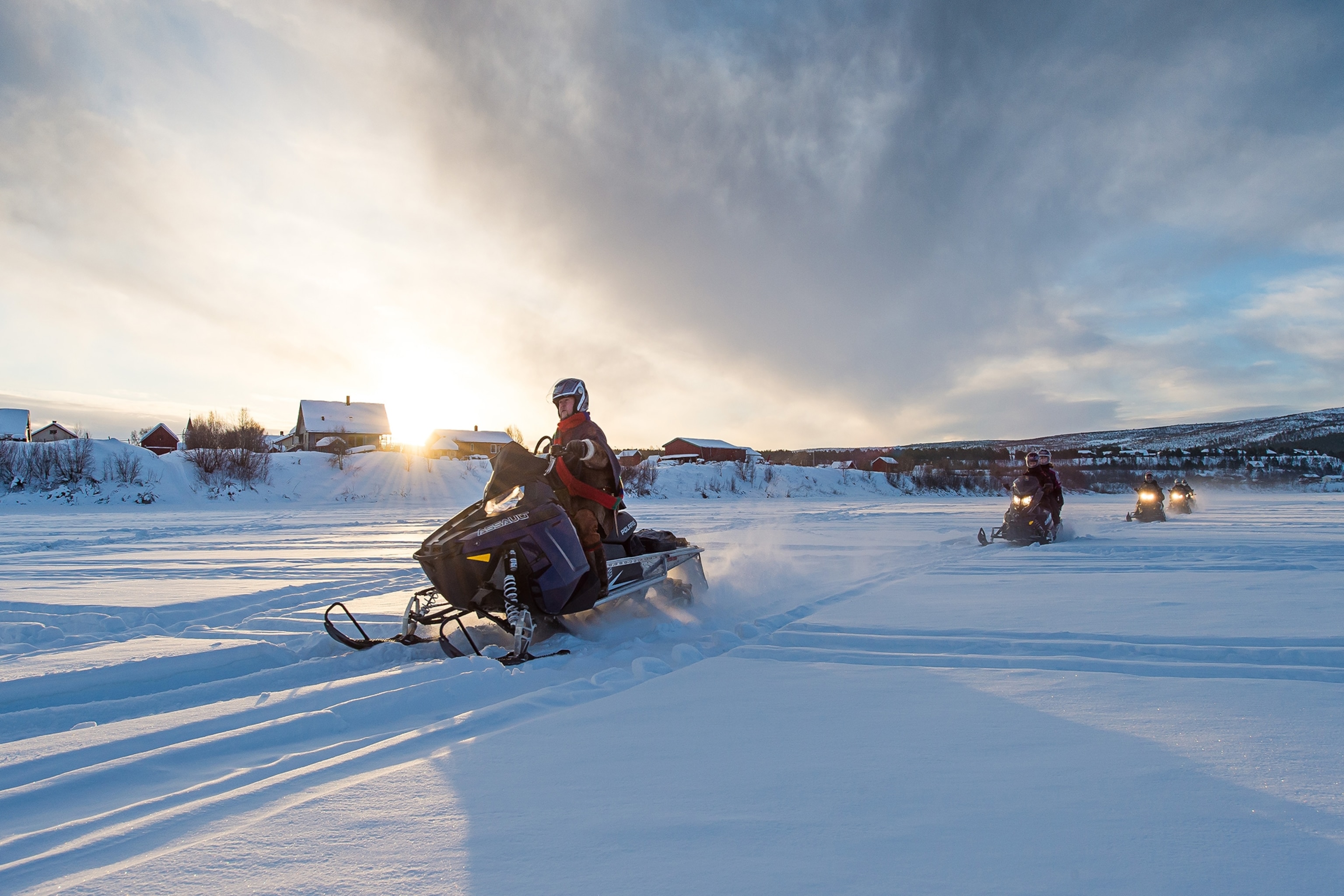
7. Autumn (čakča): October-November
With its dry, cold climate, the Finnmark Plateau in Norway's far north enters prime snowmobiling season in November. From Alta, visitors can take guided tours on snowmobiles into the rolling, whitewashed terrain. When the roar of the snowmobile engines gets turned off at viewpoints along the way, the quiet of the Arctic wilderness is astounding. After spending time in this frozen landscape, travellers can warm up with a trip to the sauna or relax by the fireplace at a cosy lodge in Alta.
8. Autumn-winter (čakčadálvi): November-December
November and December bring orcas, humpbacks and other whale species into the waters of the Alta Fjord to feast on migratory herring passing through. Heated boats departing from Alta keep visitors warm as they journey into remote Arctic waters on whale-watching tours. It’s well worth braving the cold for an incredible close-up look at some of the most impressive Arctic wildlife.
Plan your trip
To subscribe to National Geographic Traveller (UK) magazine click here (available in select countries only).
